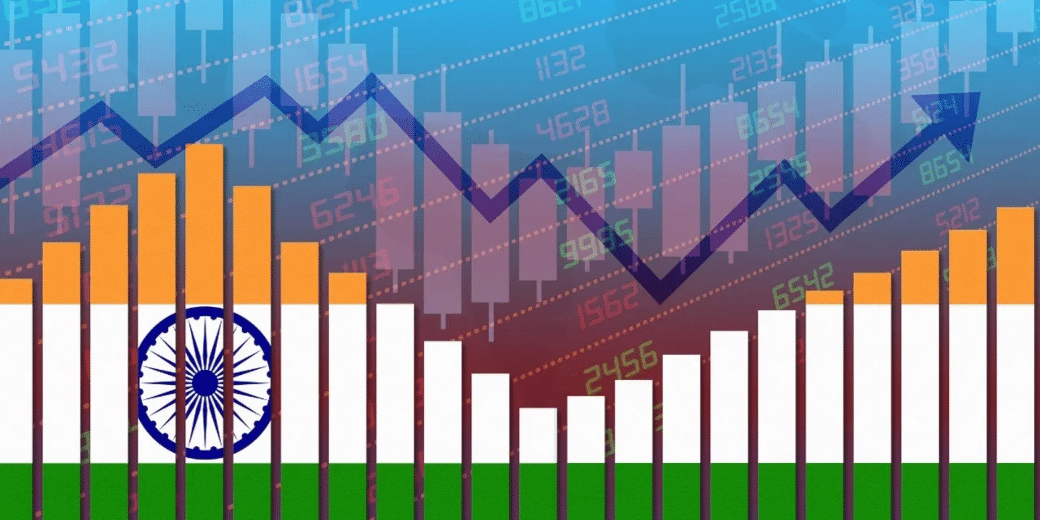Do you belong to India's middle class? There's good news for you!
Over 3/4th of rich India is concentrated only in 8 Indian states, namely Maharashtra, UP, Tamil Nadu, Gujarat, Delhi, West Bengal, Punjab and Karnataka

Optimistic about India’s growth story? Believe that India is set to thrive in the next decade? Well, a recent survey by the People Research on India’s Consumer Economy (PRICE) positively underlines this sentiment. While the overarching picture looks extremely rosy, issues certainly lurk underneath.
As per PRICE projections, India is set to become a $7.1 trillion economy by 2031. But, as G20 sherpa Amitabh Kant noted in his remarks at an event, this economic transformation will need sustained growth for long periods, something that China, Taiwan and Japan have achieved in the past.
Eminent economist Arvind Panagariya highlighted that while the rapid rise of the middle class in India will stay central to India’s growth, the struggles of destitute to inch up the chain (income less than Rs 1,25,000 p.a.) will continue, since India’s tipping point of turning into a developed economy is still miles away.
“Contrary to common understanding, India is not a price-led, but rather an aspirational economy. Most businesses approach India from a penetration-driven perspective, where the need is to change it to make it consumption driven”, adds Shiv Shivakumar, Operating partner, Advent International.
More than a billion middle class people by 2047
The report notes that the annual economic growth rate amidst Indian households continues to see far more growth at the top, as compared to the bottom tier.
Interestingly, over 3/4th of rich India are concentrated only in 8 Indian states, namely Maharashtra, UP, Tamil Nadu, Gujarat, Delhi, West Bengal, Punjab and Karnataka.
How India spends, saves and earns : Widespread differences
Even though India’s middle class emerges as the biggest contributor to India’s GDP in terms of income (50%), expenditure (48%) and savings (52%), income inequality reigns supreme.
This is also why long-term indebtedness is a significant concern for many low-income households in the country. 33% of formal borrowers (loan taken from banks and other financial institutions) and 31% of informal borrowers noted that they aren’t sure if they will ever be debt-free.
Dr. Panagariya notes that poverty and not inequality, should be the core of economic reforms. “People react to their inequalities that define their social context. Conventionally, concentration is in the very nature of economic growth”.
Data on this is grim. It suggests that India’s middle class earns 13x more than those who earn less than Rs 1.25 lakh/annum, while the rich earn 56x more. Unfortunately, this is a gap that is only set to widen during the years. However, that does not dampen the bright prospects that await India’s middle class, which is only set to burgeon in the years to come.